The fundamental differences between cannabis and hemp were accepted for years. Cannabis gets you high and hemp does not. All hemp was cannabis but not all cannabis was hemp. With the rise in hemp-derived Delta 9 THC and THC-A flower, the lines have become more blurred. Science and politics have left many long-time consumers confused. We’re going to try to clean up some of that confusion by explaining what hemp and cannabis are today as well as how the line became so blurred. So, kick back in the cut, fire one up and let’s learn about some weed stuff.
What is Hemp?
Hemp belongs to the cannabis sativa family. That’s right – hemp is sativa. Traditionally, hemp carried very low levels of cannabinoids making it near useless for recreational or medicinal usages. Hemp grows faster than any other plant on earth other than bamboo1. Early civilizations discovered hemp could produce very strong textiles. Hemp textiles have been found dating back 50,000 years and are still used to make cloth, paper, and biodegradable packaging. Hemp may have become bigger than plastic if it weren’t for Harry J Anslinger and the Du Pont family (Villains of Weed). Hemp was primarily used as windbreaks for crops which led to the term ditch weed as wild hemp would start to spread along roadside2s, but hemp would evolve into so much more.
What is Cannabis?
Cannabis is a genus of flower belonging to the Cannabaceae family. Cannabis can be broken up into several species but the most common are indica and sativa. Unlike early hemp, cannabis produced much higher levels of cannabinoids specifically, the fun one, THC3. For that reason, it has been used for recreational and medicinal properties since its discovery. It was used in rituals, it became the symbol of counterculture, and a hero to those looking for alternative medications. In fact, cannabis was legal in the United States until the Marijuana Tax Act of 1937, when Harry J Anslinger pushed through the legislation. Cannabis wouldn’t become recreationally legal again for anyone in the United States until states started selling recreational cannabis in 2012.

How Did the Lines Get Blurred?
The lines became blurred in 2018 with the passing of the Hemp Farming Act4. The act at last gave a government distinction between hemp and cannabis. The act defined hemp as containing less than 0.3% Delta 9 THC by dry weight. This oversight led to a revolution in the hemp market. For starters, Delta 9 THC already has low levels in cannabis; THC-A is the primary form of THC in cannabis causing the psychoactive effects. This led cannabis growers to crossbreed with CBG plants (a type of hemp bred to yield high CBG counts). This gave birth to THC-A flower. THC-A flower maintains the high level found in cannabis while keeping the Delta 9 THC level just low enough to be classified as hemp.
While hemp traditionally produces low level cannabinoids, that didn’t mean it didn’t produce any. Growers would breed plants to get higher levels of certain cannabinoids such as CBD and CBG, but they still produce low levels of Delta 9 THC. Extractors started pulling the Delta 9 THC from most of the industrial hemp grown in the United States for use in edibles. Hemp dispensaries soon started carrying edibles and flower that were every bit as good as their cannabis counterparts, which is where we find ourselves now.

Walking in a Weed Wonderland
Today, weed is everywhere! We are living in the golden age of cannabis. Hemp gets us high now. So, if feel uncomfortable with the sterile, guarded environment of most cannabis dispensaries, you can now walk into most hemp dispensaries and your needs will be completely satisfied. No longer is hemp a dirty word amongst cannaconsumers. Now, it is what it was meant to be, it is just weed, and we get the pleasure of walking in a weed wonderland.


